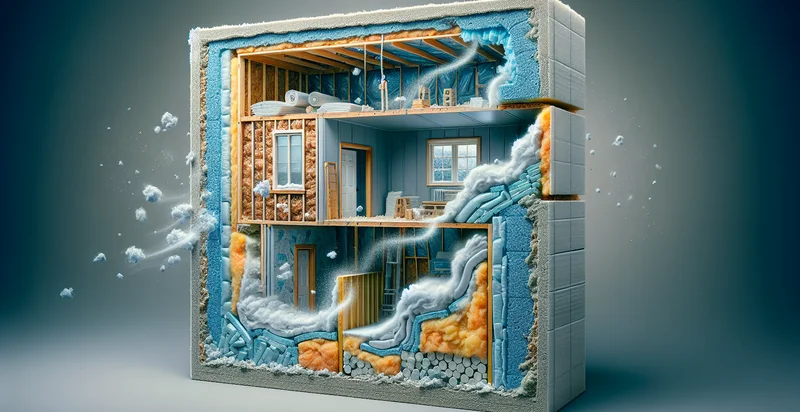Identify insulation level
using AI
Below is a free classifier to identify insulation level. Just upload your image, and our AI will predict the level of insulation in your building. - in just seconds.

Contact us for API access
Or, use Nyckel to build highly-accurate custom classifiers in just minutes. No PhD required.
Get started
import nyckel
credentials = nyckel.Credentials("YOUR_CLIENT_ID", "YOUR_CLIENT_SECRET")
nyckel.invoke("insulation-level", "your_image_url", credentials)
fetch('https://www.nyckel.com/v1/functions/insulation-level/invoke', {
method: 'POST',
headers: {
'Authorization': 'Bearer ' + 'YOUR_BEARER_TOKEN',
'Content-Type': 'application/json',
},
body: JSON.stringify(
{"data": "your_image_url"}
)
})
.then(response => response.json())
.then(data => console.log(data));
curl -X POST \
-H "Content-Type: application/json" \
-H "Authorization: Bearer YOUR_BEARER_TOKEN" \
-d '{"data": "your_image_url"}' \
https://www.nyckel.com/v1/functions/insulation-level/invoke
How this classifier works
To start, upload your image. Our AI tool will then predict the level of insulation in your building..
This pretrained image model uses a Nyckel-created dataset and has 16 labels, including Adequate, Effective, Excellent, Fair, Good, High, Ineffective, Insufficient, Low and Medium.
We'll also show a confidence score (the higher the number, the more confident the AI model is around the level of insulation in your building.).
Whether you're just curious or building insulation level detection into your application, we hope our classifier proves helpful.
Related Classifiers
Need to identify insulation level at scale?
Get API or Zapier access to this classifier for free. It's perfect for:
- Energy Audit Automation: This function can streamline energy audit processes by quickly assessing the insulation levels in residential and commercial buildings. By automating the classification of insulation types, energy auditors can focus on generating reports and recommending improvements, leading to increased efficiency and accuracy in energy assessments.
- Building Insulation Evaluation: Construction companies can utilize the function to evaluate the insulation levels of existing properties before renovation or retrofitting. This data can guide decision-making on necessary upgrades or repairs, ensuring compliance with energy efficiency standards and improving overall building performance.
- Environmental Impact Reporting: Organizations focused on sustainability can use the insulation level identifier to assess the energy efficiency of their facilities. By classifying insulation levels, companies can report their greenhouse gas emissions more accurately and identify areas for improvement, which enhances their sustainability credentials.
- Homebuyer Decision Support: Real estate platforms can integrate this function to provide potential homebuyers with insights into the insulation levels of properties. Understanding insulation quality can help buyers make more informed purchasing decisions, as better insulation often translates to lower energy bills and improved comfort.
- Regulatory Compliance Monitoring: Contractors and facility managers can employ the function to ensure that their buildings meet local building codes and energy efficiency regulations concerning insulation. Regular assessments help in maintaining compliance and avoiding potential fines or mandated upgrades due to insufficient insulation.
- Marketing and Sales Tool: Manufacturers of insulation products can use the classification function as a marketing tool to demonstrate the effectiveness of their products. By showcasing improved insulation levels in comparison to competitors, they can attract customers interested in energy efficiency and cost savings.
- Smart Home Energy Management: Smart home systems can integrate this function to optimize heating and cooling settings based on the identified insulation levels. Utilizing real-time data allows for better energy management, enhancing comfort and reducing energy costs for homeowners.


